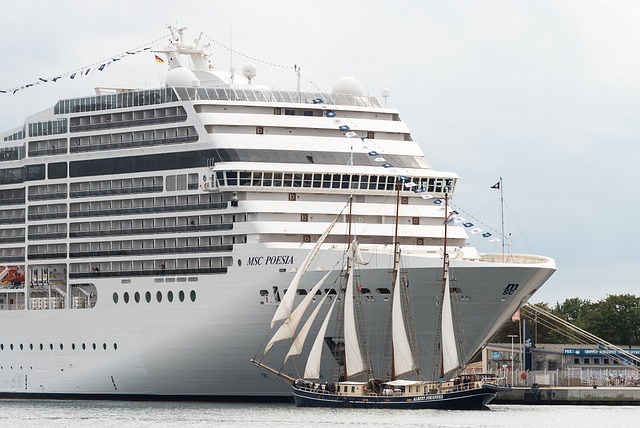European Cruises: Planning, Ports, and Onboard Life
European cruises offer a variety of routes, from short coastal hops to multi-country voyages, mixing cultural stops with time at sea. Whether you prefer the Mediterranean’s warm bays, the dramatic fjords of Scandinavia, or historic ports around the Baltic, a well-planned cruise balances sightseeing, onboard comfort, and practical logistics for a smooth trip.

How to choose a cruise in Europe
Choosing the right cruise starts with the itinerary and the pace you prefer. Short itineraries (3–5 nights) often focus on a single region or highlight city departures, while longer cruises allow more ports and overnight stays. Consider whether you want many short port calls for sightseeing, or longer stays that let you explore a city in depth. Look at embarkation ports that are easy to reach by air or train to reduce pre-cruise stress.
Also review the cruise line’s target audience and onboard programming: some lines emphasize family-friendly activities, others focus on adult enrichment or cultural lectures. Cabin location matters for motion sensitivity and views; interior cabins are economical, while balcony or suite cabins offer private outdoor space.
What life is like on a modern ship
Modern cruise ships combine dining venues, entertainment, fitness, and relaxation spaces designed to serve diverse passenger needs. Daily schedules typically list meal times, enrichment talks, shore excursion meeting points, and evening entertainment such as music, theater, or film. Onboard dining ranges from casual buffets to specialty restaurants that may require reservations.
Health and safety protocols, luggage handling, and embarkation procedures are standardized across many lines—expect security screening, check-in windows, and assigned boarding groups. On-ship connectivity varies by provider; Wi-Fi is available on most ships but may be slower or metered while at sea. Respect ship rules for safety drills, pool hours, and quiet zones.
Practical travel arrangements for cruises
Getting to and from a cruise involves more than booking a cabin. Flights should ideally arrive at least a day before embarkation to allow for delays and to complete check-in smoothly. Research visa requirements for each country on the route and confirm passport validity; some nations require passports valid for several months beyond travel dates. Pack layering clothing for variable coastal weather and comfortable shoes for cobbled streets and tours.
Shore excursions can be booked through the cruise line (convenient and often covered by ship schedules) or independently (potentially cheaper, but factor in timing and reliability). Keep copies of important documents, use a small daypack for excursions, and be mindful of onboard baggage allowances and carry-on security rules.
How European tourism shapes port calls
Port calls are shaped by local tourism infrastructure and seasonality. Popular ports like Barcelona, Rome, and Venice have extensive tourist services and frequent cruise calls, while smaller ports in the Adriatic or Aegean may offer a quieter, more authentic experience. Peak cruise season in much of Europe runs from late spring through early autumn, bringing crowds but more reliable weather and extended opening hours at attractions.
When planning excursions, consider local transport options, opening hours of museums and sites, and whether guided tours provide skip-the-line access. Responsible tourism practices—supporting local businesses, following cultural norms, and minimizing single-use plastics—help preserve destinations that host many visitors each year.
Ocean conditions and timing for sailing
The ocean and sea conditions you’ll encounter vary by route and season. Mediterranean itineraries generally have milder seas in summer; Northern Europe can be cooler with choppier waters depending on wind and weather systems. For passengers sensitive to motion, booking cabins midship and on lower decks reduces the feeling of movement. Transatlantic or repositioning cruises include more sea days and can be affected by Atlantic weather patterns, so seasonal timing matters.
Cruise schedules often include buffer time to accommodate minor delays, but severe weather can alter itineraries. Check seasonal climate patterns for planned regions, and pack for both sun and rain. If you plan shore activities like kayaking or coastal hikes, verify operator safety standards and local tide or surf conditions.
Conclusion
European cruises present a flexible way to combine multiple destinations with the convenience of unpacking once and traveling by ship between ports. Prioritizing itinerary type, cabin choice, travel logistics, and awareness of local tourism dynamics will help shape a cruise that fits your interests and comfort level. With practical planning, a cruise can be an efficient and enjoyable way to experience Europe’s coastal diversity.





